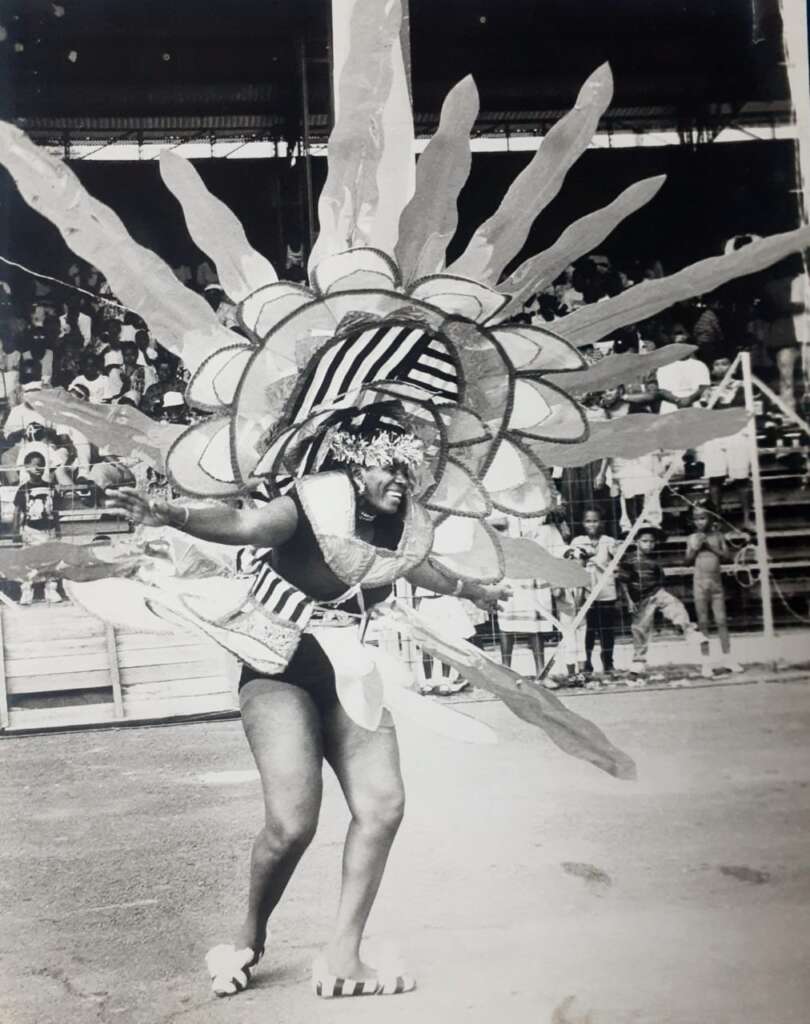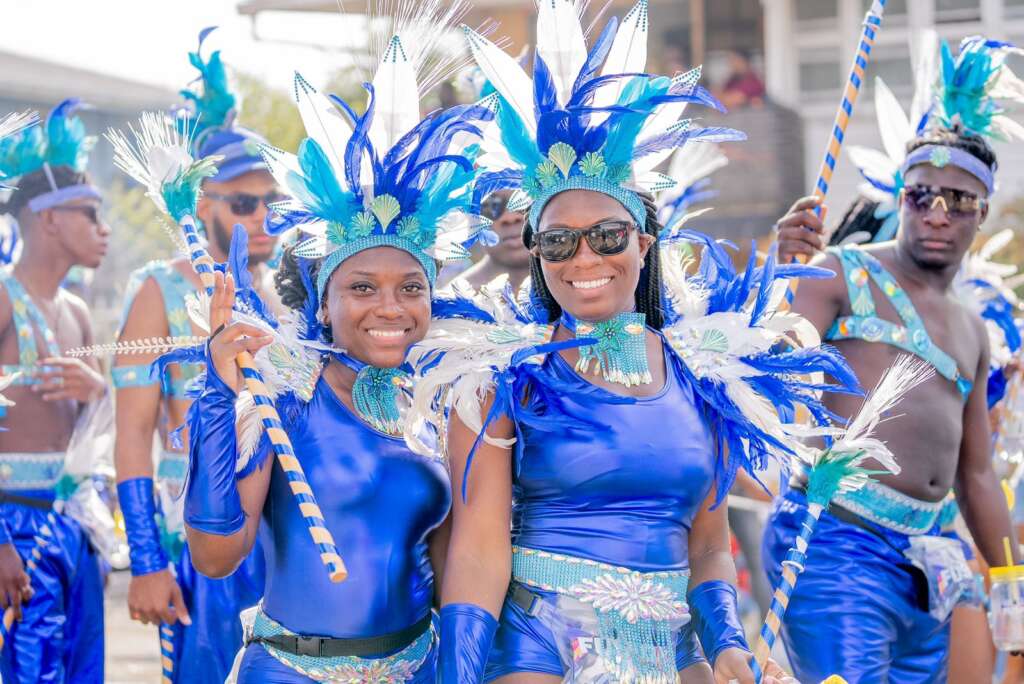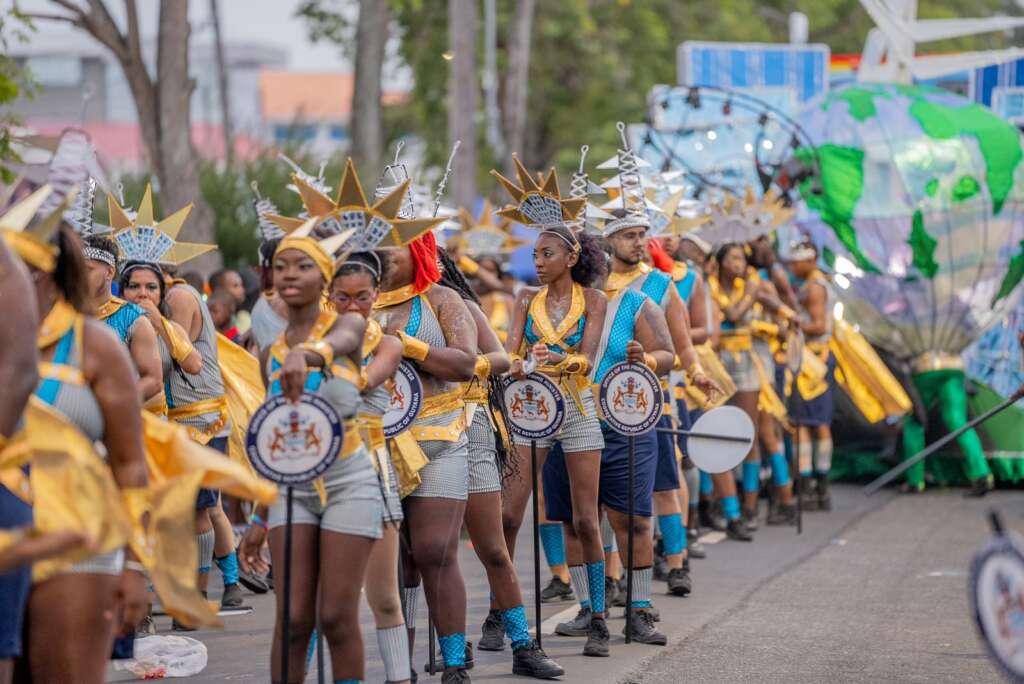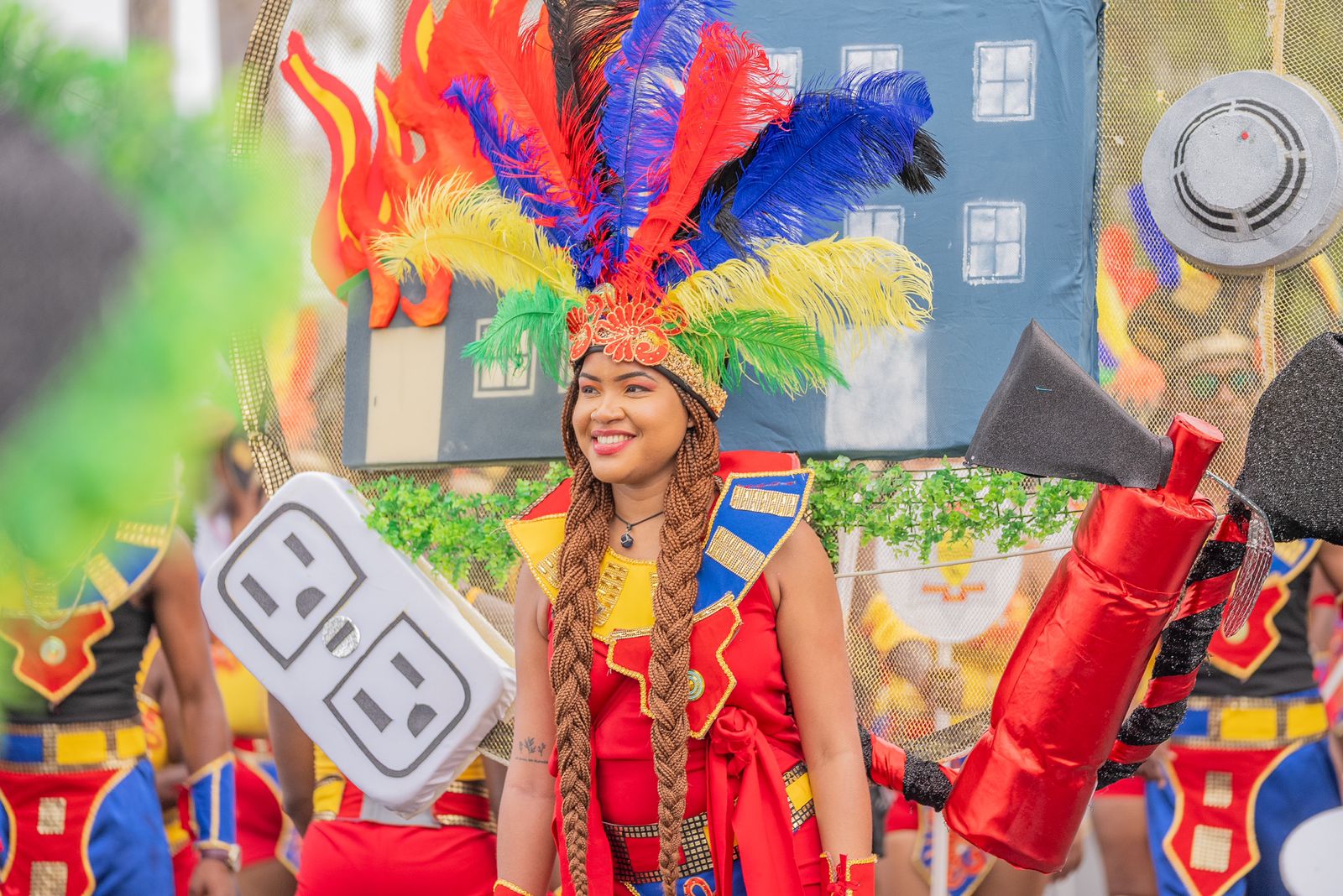In a northeast region of Guyana, the streets of a small mining town glistened with the vibrancy of smiles, music and sheer patriotism.
The year was 1970, the place was Linden, and the event was the country’s first Mashramani festival. Guyanese of all creeds and ages travelled to Arvida Avenue (later renamed Republic Avenue) in the town. For some, it was a tedious journey, traversing rivers and varied terrains by foot and vehicle. Revellers in a flamboyant display of art, music, and dance flooded the streets, starting what has now grown to be the country’s grandest cultural celebration.
Fifty-four years later, in 2024, Mashramani, often abbreviated as ‘Mash’ in creole, has not only grown but is etched into the veins of the nation and its people. However, as the festival evolved over time, some might say it has lost its true essence, though it remains the country’s largest national celebration.
“Ya nah get Mash nowadays… Me nah know what really dem getting, is nah like lang time. Mash use to nice, nice bad.” These were the words of a citizen travelling in a minibus to Georgetown, the capital city, just a few days before the premier Mashramani road parade was scheduled to be held there.
A radio advertisement promoting this year’s festivity had prompted a ‘gyaff’ among the elders in the vehicle. “Lang time Mash use to nice, nuff people use to come, dress up nice and so. I remember how we use to come out, now is more whine up and suh,” an elderly woman reflected.

winning one of the many costume competitions held that year (Photo credit: Guyana Chronicle)
IS MASH LOSING ITS ESSENCE?
“Truthfully I believe that Mashramani has not lost its true soul or roots. It has been developed with time, we cannot expect things to stay the same,” said Faith Corrica, a local calypso monarch, when asked for her view on the festival’s evolution. According to Corrica, Mashramani has grown into a modern festival — and although it may not appeal to everyone, its growth is a positive thing.
For some, a notable change in the celebration of Mashramani is the music. Although traditionally a soca/calypso festival, the latest dancehall tunes now dominate the street parade, drowning out the free-spirited melodies of steel pan, drums, and traditional calypso sounds. However, Corrica believes the festival is more than just the music:
“If we are to base and centre the festivity around genres, then we would need to remove Soca, Calypso and Chutney because those genres aren’t ours originally. In such a case, we would only be able to play Amerindian/indigenous music since [Mashramani] is an Amerindian word. So, there is room for all genres.”

Meanwhile, Nelsion Nurse, a well-known band and costume designer, shared that ‘Mash’ has not lost its meaning. What is lacking, he said, is patriotic support. “Guyana started to celebrate carnival a couple years ago. Personally, I didn’t think that was necessary because why would you create another event to clash with a national event?” Nurse believes much of the support that was once given to Mashramani has now transferred to events like carnival.
Although Nurse supports both festivities, he believes more can be done to keep the traditional spark of Mashramani burning. “The world is moving forward. I think Mashramani needs to move forward. I think as a whole, we need to start marketing Mash as an event and not just as an activity on that day.
“Just like how Trinidad and Tobago and all those countries market carnival, I think Guyana needs to market Mashramani like that,” he added. “It’s something unique that we have and we should sell it to the world in that way.”

chrome coloured patterns, sequins, and head dresses (Photo credit: Shaconeil Burnette)
From an official perspective, bodies in Guyana have plans to holistically preserve and promote the festival. “There are ongoing efforts to further boost Mashramani. These include expanding marketing campaigns to reach a wider audience, enhancing infrastructure and accommodation to host larger crowds, and increasing support for local cultural talent,” the Director of the Guyana Tourism Authority (GTA), Kamrul Baksh, shared with Glamizine.
HISTORY OF MASH
According to the archives of Guyana’s oldest newspaper, the Guyana Chronicle, the concept for the celebration was first mentioned as the country neared its attainment of nationhood, which would make the country a Republic. In 1969, it was officially announced that Guyana would become a Republic in February of the following year. That same year, Mashramani was birthed. However, that’s not quite where it all started. Before Mashramani, an independence carnival was hosted when the country first gained independent status in 1966. This was first held in the mining town of Linden but was later rebranded.
The then independence carnival was coordinated by a social group, the Jaycees, that organised the parade featuring displays of costumes, music, and art. The Jaycees Republic Celebration Committee was later formed with a broader initiative of promoting the festival. Several prominent patriots were elected to the committee, and the organising of the festival took shape, first with a name change.
The search for a name to replace ‘carnival’ began, and it was suggested that an Amerindian/Indigenous (Guyana’s first people) name be chosen. According to the archives, the name Mashramani derived from a type of festival held by Amerindians whenever they gathered to celebrate a special event. This was referred to as “Muster Many” (or Mashirimehi in Amerindian) and sounded in Arawak like Mashramani. The Arawak word also translates to ‘celebration after hard work.’
On February 23, 1970, the festival called Mashramani commemorating Guyana’s republic status saw thousands flocking to the mining town with frolic and pride. That celebration lasted for three days.
Given its success, a government official held discussions with the Jaycees Committee about bringing the event to Georgetown. Approval was later given by the country’s then-President Forbes Burnham for ‘Mash’ to be a national event for the Republic Celebration. Mashramani activities have since rotated across Guyana, from its hinterland regions to its coastland.

